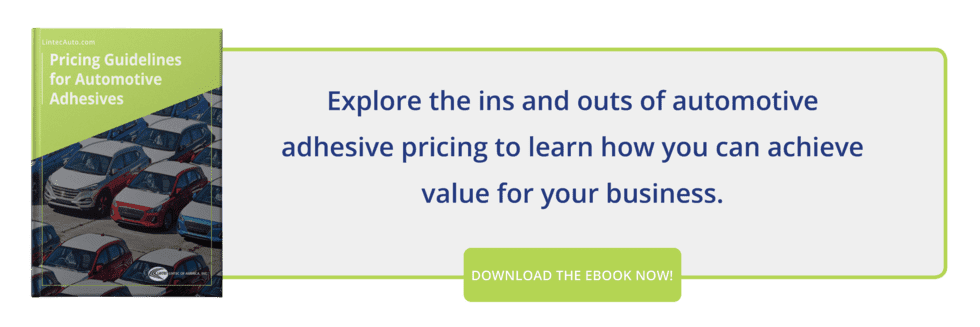Bring This Checklist When Purchasing VECI Labels For Automotive Parts

Reliable Vehicle Emission Control Information labels (VECI labels) are critical to the regulatory compliance of modern vehicles.
Two must-haves for any automotive data label are guaranteed legibility and the power to withstand the test of time (i.e., the full-service life of the vehicle). Since 1995, all automobiles have also been required to include the Engine Family Number (EFN) on the VECI label—another reason to ensure your VECI labels will last.
Use the following checklist when purchasing VECI labels to determine whether an option is appropriate to your project:
MATCHED TO SURFACE ENERGY: The adhesive layer is tuned for a high or low surface energy surface, as applicable. Auto data labels solve for low surface energy substrates—like the plastics that are found throughout today’s vehicles—with aggressive, tackified adhesives that can wet out the full LSE bond area.
ACCOMMODATES SHAPE/TEXTURE: VECI labels must sometimes cope with challenging surfaces that are rough, textured, flexible, or include curvature. Surface followability in the label backing and an adhesive layer specifically designed for the tactile qualities of the substrate are essential.
SUFFICIENT HEAT TOLERANCE: Most VECI labels are found on the underside of the vehicle hood, although some makes and models may place them on the radiator shroud, valve cover, or fender. Any labels in the engine compartment will be exposed to the intense heat of the engine, and adhesives should be rated for temperatures that could boil water. Turbochargers and other boosting technologies can ratchet up the heat even further.
RESISTS ABRASION: When they’re not under the hood, many models place VECI labels in a fender well. The high potential for impacts, abrasions, and friction from road debris, mud, sand, and snow in this area would be challenging for a traditional adhesive to survive. Heavy-duty labels must have the adhesive strength and robust lamination needed to cope without peeling or degrading the readability of the label.
WITHSTANDS CHEMICALS/CONTAMINATION: Depending on the placement of VECI labels, they could be exposed to a variety of substances that have negative effects on adhesion. Hood-mounted VECI labels should consider splashes from oil, gas, coolant, antifreeze, and other engine-related chemicals. Labels in the fender well will also be regularly caked with road salt and grime.
WITHSTANDS MOISTURE: Because VECI labels aren’t protected within the cabin, they’ll face regular exposure to rain, snow, and ice. A polymer backing won’t be bothered by water, but make sure the ink and adhesive layer can withstand it well. Lamination is generally wise for critical auto data labels.
NO DISCOLORATION: Older automotive label materials tend to yellow or fade over time. Heat or UV exposure can also affect the legibility of the label, with specific polymers known to darken at higher temperatures. Inquire about the conditions that might alter the legibility or longevity of clear text on the label to head off the potential for harmful discoloration. Illegible VECI labels are useless—even if they remain adhered through thick and thin.
Heat tolerant polymers like vinyl, polyester, and heat-stabilized PVC combine many of the above traits but will need to be matched with the proper adhesive layer to seal the deal. Clear laminates over the text provide an additional layer of shielding. Make sure the transparent film laminate layer won’t cloud or darken over time with heat, friction, oxidation, or UV exposure.
If the VECI label materials you’re evaluating check all of these boxes, your project will be in good shape.

